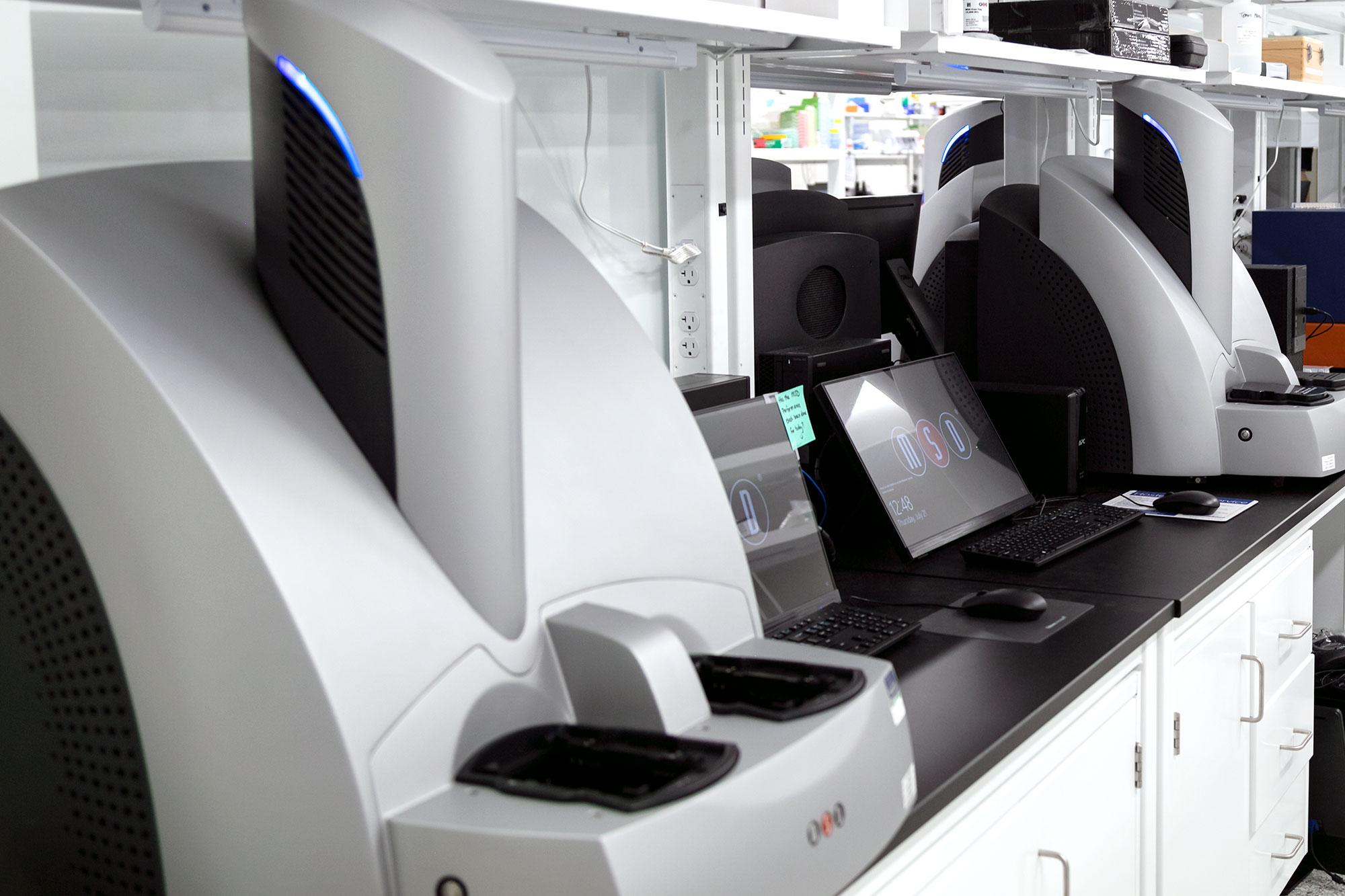
MesoScale Discsvoery offers multiplexed assays for quantifying analytes in biological samples. They have over 400 assay kits and assay customization services to help researchers make an accurate determination of different analytes in a wide range of study matrices. Scientists can obtain high-quality data in less time and with minimal effort in all drug development stages. Thus, MesoScale Discovery ELISA has become a prominent research partner of several biomedical and pharmaceutical companies, clinical research organizations, and government and academic institutions.
The platform consisting of MSD cytokine Assays can detect several cytokines in single and multiplex formats using electrochemiluminescence detection. The MSD platform combines electrochemiluminescence detection and multi-array plates to bring highly dense information into the process of new drug development. Moreover, MSD has a plethora of singleplex and multiplex assay kits for detecting analytes as well as a range of reagents and plates for assay development. So let us dive deep into the question of what is Meso Scale Discovery?
Meso Scale Discovery
Electrochemiluminescence detection and multi-array plates are the characteristic features of MSD assays.
Electrochemiluminescence detection employs Sulfo-Tag labels for detecting analytes in study matrices. Upon electrical stimulation in appropriate chemical conditions, these Sulfo-Tags emit light signals. The generated signal is proportional to the amount of analyte present in the sample.
Electrochemiluminescence detection has multiple advantages. Some of these features are highlighted below.
- Multiple excitation cycles amplify assay signals and provide higher sensitivity
- A broader dynamic range incorporates both low and high levels of expression without the need for multiple dilutions
- The electrical stimulation method is decoupled from the light signal. Hence, only the labels near the carbon electrode are generated and thus offer lower background
- MSD assays are quick and easier to use than conventional ELISA assays
- Sulfo-Tag labels are non-radioactive, stable, and can be conveniently conjugated with biological molecules
- Moreover, MSD offers unsurpassed performance and quality in multiple study matrices, including serum, plasma, cell supernatant, and whole blood.
Must Read: How Cytotoxicity Screening is Revolutionizing Cancer Treatment and Drug Safety?
The multi-array plates have unique spot patterns, which are the hallmark of MSD technology. These spots help MSD assays perform multiplex analysis. Such an innovative platform offers ultra-low detection, uses minimal samples, handles complex study matrices, and provides a broader dynamic range. These advantages help scientists analyze native levels of analytes in study matrices without multiple dilutions. Besides, MSD assays are streamlined to reduce the workflow without compromising assay quality. The benefits of multi-array and multi-spot plates are as follows.
- Multi-spot wells provide the opportunity to measure multiple analytes simultaneously in a single well
- Multi-array plates offer high-throughput multiplexing of analytes
- Each plate has a unique barcode label. Thus, scientists can trace the assay components back to the manufacturing records.
- The assay works on the MSD Discovery Workbench software. This software can conduct the experimental run effortlessly and offer robust data analysis tools.
Moreover, clinical samples are inherently complex. Besides, difficult study matrices with a low abundance of target analytes further push the limits of an immunoassay. These circumstances have made the MSD platform a boon for the scientific community. MSD assays can measure multiple analytes in a single reaction, expands the dynamic assay range, improves sensitivity, and handles complex matrices. In addition, the MSD platform is ideal for regulated workflows.







